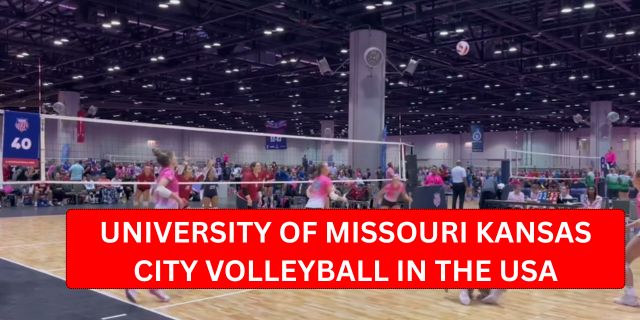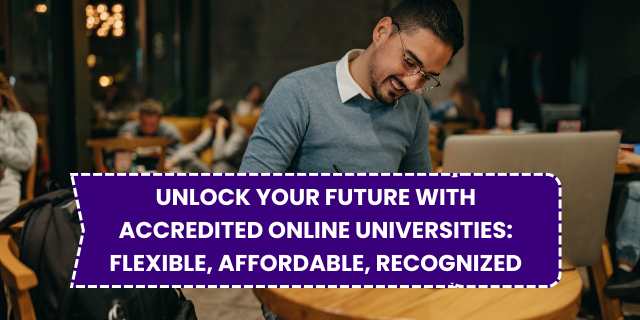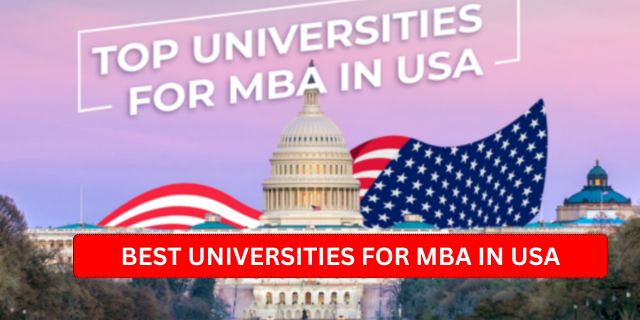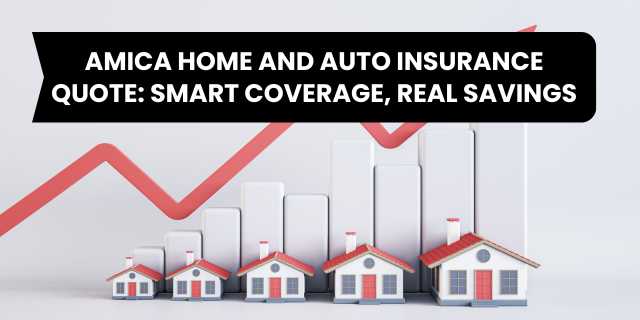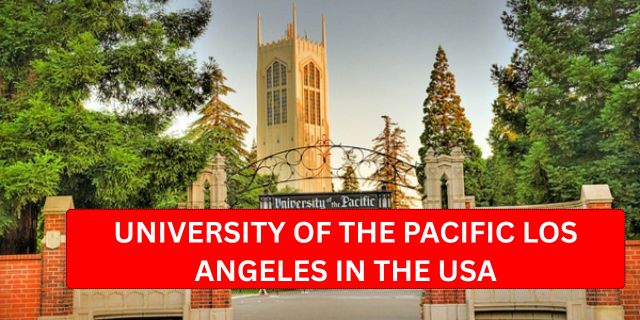The weight of student debt continues to impact millions of borrowers every year. With tuition costs rising and repayment options often confusing or limited, relief has become more urgent than ever. That’s why student loan forgiveness programs 2025 are gaining serious attention. These new initiatives offer updated terms, broader access, and real hope for those overwhelmed by loan obligations. If you’ve been struggling to manage your student loans, 2025 could be your chance for a fresh financial start.
Why 2025 Is a Turning Point for Loan Forgiveness
The year 2025 is shaping up to be a significant moment in student loan policy. With government efforts focused on improving borrower outcomes, major updates are being introduced to existing forgiveness programs. These include faster processing, clearer eligibility requirements, and better access to digital application tools.
Unlike previous years, the focus now is not just on reducing debt but also on restoring financial balance for borrowers. The goal is to help people invest in homes, careers, and long-term savings—rather than spend decades repaying student loans.
Understanding Student Loan Forgiveness
Student loan forgiveness means the cancellation of some or all of your remaining federal student loan balance. This is not automatic—you must meet certain requirements, which vary by program. In student loan forgiveness programs 2025, the process is being refined to be more inclusive and user-friendly.
Instead of relying heavily on complex paperwork and narrow job categories, programs are expanding their criteria. This means more professionals, including those in part-time roles or contract positions, may now qualify for forgiveness.
Top Programs to Watch in 2025
Several programs are leading the way when it comes to loan forgiveness in 2025. Among them, the Public Service Loan Forgiveness (PSLF) program remains central. It allows eligible borrowers to have their remaining balance forgiven after 120 qualifying payments while working in public service.
Income-Driven Repayment (IDR) plans are also receiving significant updates. These programs base monthly payments on income and family size. After 20–25 years, the remaining balance is forgiven. The 2025 version of IDR programs includes better tracking, shorter repayment windows for low-income borrowers, and improved communication from servicers.
Key Forgiveness Program Updates in 2025
| Program Type | Major 2025 Update | Who Benefits Most |
|---|---|---|
| PSLF | Automated employment verification | Public workers, nonprofit staff |
| IDR Plans | Shorter forgiveness timeline, better access | Low- to mid-income borrowers |
| Teacher Forgiveness | Expanded to more school districts | K–12 teachers in underserved areas |
| Health/Military | More job roles covered under forgiveness | Medical, nursing, armed services |
Expanded Eligibility Criteria
In the past, many people missed out on forgiveness due to technical issues—such as incorrect payment types or ineligible employers. That’s changing in 2025. Updated regulations ensure that payments made under various repayment plans may now qualify, even if they were made under the wrong program previously.
Borrowers who had gaps in employment or temporary financial hardship may also find new pathways toward forgiveness. The shift is clearly aimed at removing unnecessary obstacles and giving more borrowers access to these vital relief programs.
How to Apply Without Stress
The application process for student loan forgiveness programs 2025 has been restructured for ease of use. Borrowers can expect more automated steps, including real-time tracking of qualifying payments and employer verification.
Still, applicants should stay diligent. Submitting employment certification forms annually and keeping records of payments is strongly recommended. Missing one requirement could delay approval, even under the new, more lenient rules.
A Look at Forgiveness Timelines
| Program Name | Forgiveness Timeline | Key Condition |
|---|---|---|
| PSLF | After 10 years of service | 120 qualifying payments |
| IDR – PAYE/REPAYE Plans | After 20 years (undergrad) | Based on income and payment history |
| IDR – IBR Plans | After 25 years (older loans) | Lower income, steady repayment |
| Teacher Forgiveness | After 5 years of service | Teaching in low-income schools |
The Importance of Staying Informed
While forgiveness sounds simple on paper, the rules can still evolve. It’s important for borrowers to stay updated through official channels like the Department of Education or their loan servicer’s website. Avoid relying solely on third-party advice or social media discussions.
Borrowers should also verify their loan types—only federal student loans are eligible for most programs. Private loans, unfortunately, remain outside the scope of most forgiveness options, even in 2025.
Final Thoughts
Student loan forgiveness programs 2025 represent real progress for borrowers who have long waited for meaningful debt relief. With better accessibility, clearer processes, and expanded eligibility, these programs could reshape the future for thousands of Americans. Whether you’re working in public service, education, or simply paying under an IDR plan, now is the time to understand your options and take action. The path to financial freedom is closer than ever—don’t miss the opportunity to walk it.
